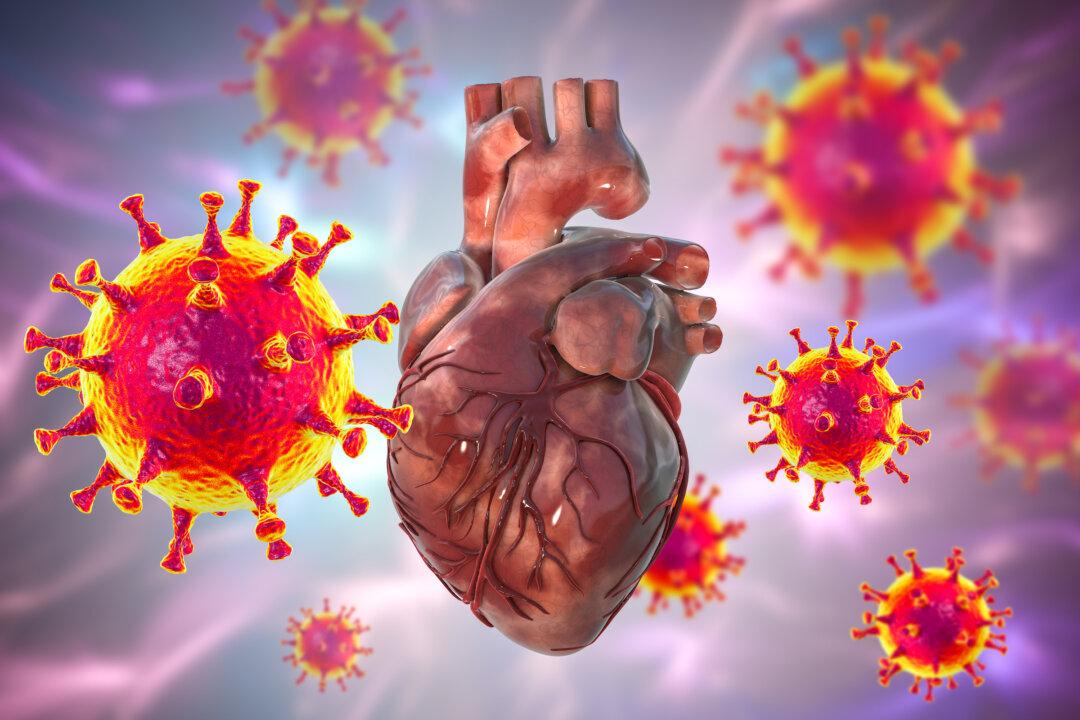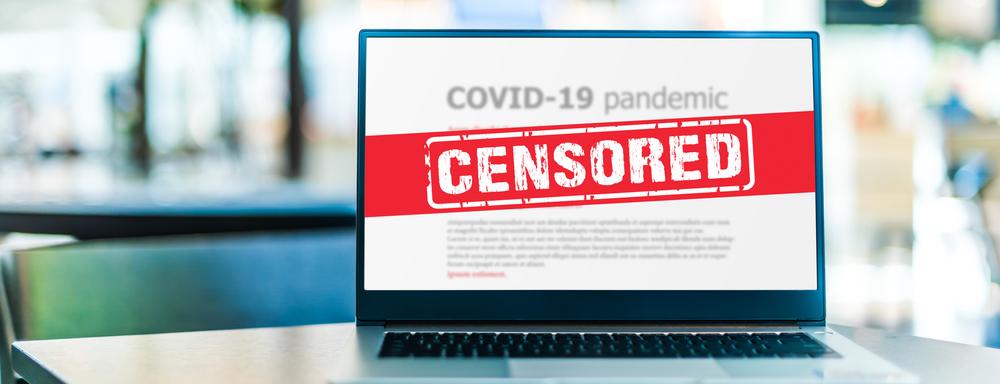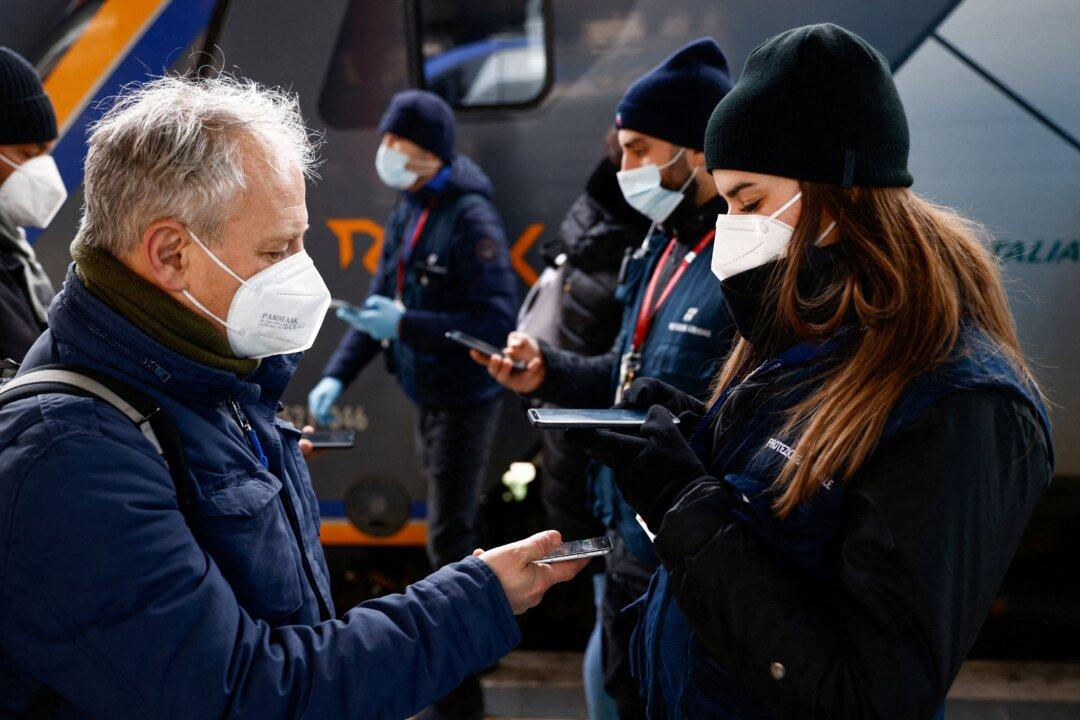Commentary
1) Vaccines do next to nothing to curb Omicron transmission
Remember in the good old altruistic days, vaccines were not primarily for self-protection, but for the safety of others? “Your actions have consequences for other people’s health,” was the undefeatable argument. Failing to contribute to community health and safety was a socially criminal offense. It often sowed bitter division among families, friends, and employees.Those at the time reasonably suggesting (based on Israeli data) that vaccine efficacy may wane were considered fringe, selfish, science-denying quacks that must be censored.





